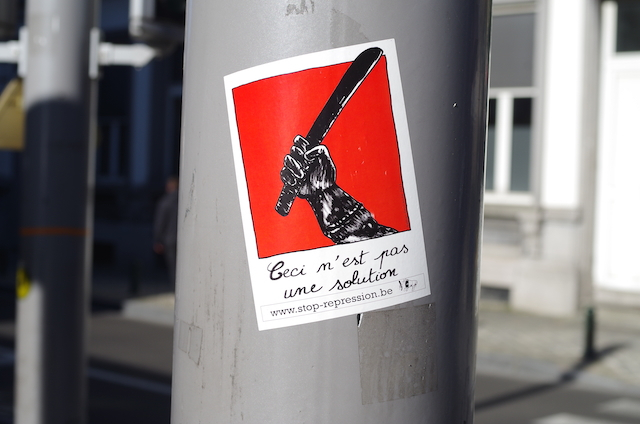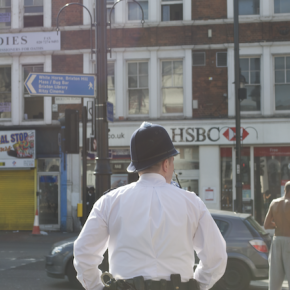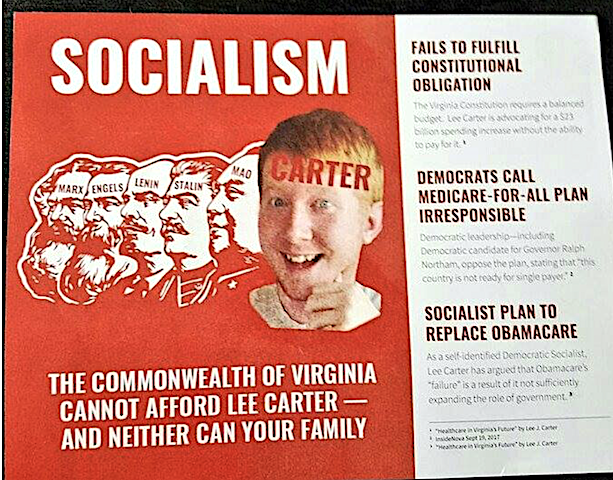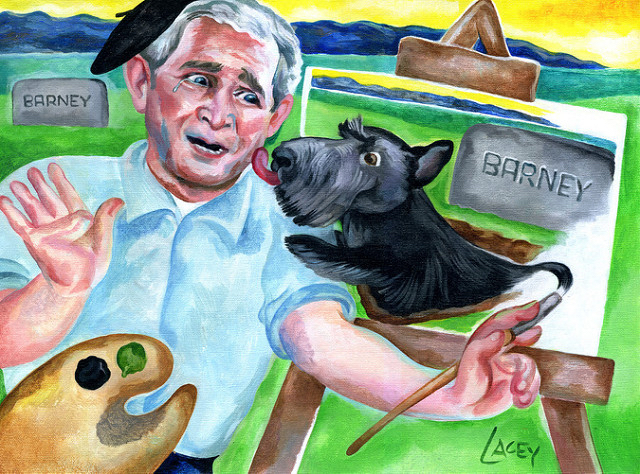Sadly, it’s not surprising that my social media feed this week has been dominated by commentary on a video that documents a troubling encounter between a black American and a white police officer. Whatever progress has been made towards a more tolerant United States, the nation still simmers with the legacy of racially charged conflict. Yet since this particular incident involved a professor, stopped for doing something that almost everyone on her campus has done, it is generating more attention than your typical “asymmetrical” encounter between the state and its least favored citizens.
Mind you, this effect is exaggerated in my case for two reasons: because a lot of my friends and acquaintances are connected with academia and because the incident took place in Arizona. Indeed, the state I call home has become so notorious in recent years for its incendiary right-wing political culture that even people who have never set foot there feel the need to classify this as another example of its extremity. For those of us who live there, such stereotyping poses a difficult quandary. On the one hand, there is comfort in seeing our day-to day experience of Arizona’s least pleasant aspects mirrored back to us by the outside world. On the other, it’s hard not to feel that disproportionate attention is paid to such incidents when they occur in the state, because of its reputation.
The video in question, documenting the May arrest of English professor Ersula Ore, was only released a few days ago. For many people who have see it, the evidence calls into question the police officer’s account of what happened, which led to Dr. Ore being charged with felony assault. But not for everyone. Reading through the comments posted at the various sites where the video has been made available, it is apparent that some viewers think the officer is being treated unfairly in the media.
In particular, those who defend his actions focus on the first portion of the incident, which was only captured on audio. The officer repeatedly asks Dr. Ore to provide identification — it’s a state law that one must do so when asked by the police — and urges her, once the encounter starts to escalate, to stop resisting him. At first the professor is incredulous that she has been stopped at all, since she knows just how many students, staff and faculty walk on that same section of the street each day, to avoid construction that is obstructing the sidewalk. And then, seemingly offended that he has asked her if she knows the difference between a sidewalk and a street, she upbraids him for treating her disrespectfully.
Although the incident turns primarily on the question of respect, the specter of racial discrimination looms in the background. When Dr. Ore, her voice rising with distress, informs the officer that she is a professor of Arizona State University, it’s hard not to hear in it the anguish of never being completely able to free herself from the burden of history. Like Henry Louis Gates Jr., the famous Harvard professor mistaken for a criminal breaking into his own house a number of years back, all of her hard work has proven inadequate to the task of giving her the same benefit of the doubt routinely extended to white people in American society.
At least, that’s the way the story has been presented by progressive media outlets. And it’s the way it should be presented, first and foremost. As just about any African-American or Latino parent will tell you, part of their responsibility is explaining to their children how and why the color of their skin and, at times, the way they speak puts them at greater risk than their Anglo counterparts. But I think it’s worth looking harder at the way in which incidents like this one, while racially overdetermined, also tell us something about the relationship between the police and every citizen, no matter how privileged.
Take the sticker featured as this piece’s cover image. Photographed in Brussels, which is about as different from the Phoenix metropolitan area as a “first-world” city can be, it nonetheless testifies to a commonality in the relationship between the state, its citizens and the police officers who mediate the relationship between them. And, what is more, a commonality that is by no means a recent development. The truncheon depicted here would have been every bit as recognizable in the mid-1800s as it is today. For all of the high technology in our world, the interface between the state’s “legitimate” violence and the people on whom it is meted out is still likely to assume a brutally simple character: a hard object to inflict pain with and handcuffs to prevent retaliation.
Even in the United States, where the use and, at times, abuse of firearms is astonishingly widespread, most encounters with the police continue to take this age-old form. Dr. Ore’s arrest is typical in this regard. While guns are present, they are not drawn. Yet the license of the police to demand and secure compliance via less deadly means still makes it perfectly clear that physical power is distributed asymmetrically. In kicking the officer when he tried to touch her dress, she committed a felony; in slamming her onto his police cruiser and then throwing her to the ground, he was merely doing his job. Why? Because in the end, the point of having police at all is to demonstrate over and over that only the state can legitimize violence.
That sounds harsh, I realize. But I don’t mean for it to come off as a simple indictment of police brutality. Yes, some officers are guilty of using excessive force. And, yes, some officers are guilty of using excessive force in a discriminatory fashion. Ultimately, though, such abuse of authority merely serves to distract us from the fundamental truth of law enforcement, which is that the threat of violence underpins every encounter between the police and citizens. Even in relatively enlightened places like Belgium.
Resistance to this reality makes for strange bedfellows. In the United States, for example, groups that seem to have had almost nothing in common, such as the Black Panthers of the 1960s and the Minutemen of the 2000s, were united by their refusal to accede to this monopoly on the legitimate use of violence. Whatever twists and turns their ideologies might have taken on other matters, they shared the conviction that citizens have the right, not only to bear arms, but to use them against the state.
People who don’t understand why the National Rifle Association gun lobby is so strong are overlooking this point. However ridiculous the conspiracies that gun owners dream up to justify their political undertakings, the basic premise still holds that a citizenry without the right to own and use firearms is always going to be a citizenry in the bondage of the state. From their perspective, the police truly are “not a solution” because they are given the task of constructing problems that will give them an opportunity to take up their truncheons.
That certainly seems to be what led to Dr. Ore’s encounter. If the police truly wanted to keep people out of the street in question, they would station personnel there throughout the day. To single out one individual for jaywalking when literally hundreds of people do it every day indicates a different purpose. The message is simple, but disturbing: we have the right to make an example of you.
Commentary by Charlie Bertsch; photograph courtesy of Joel Schalit





